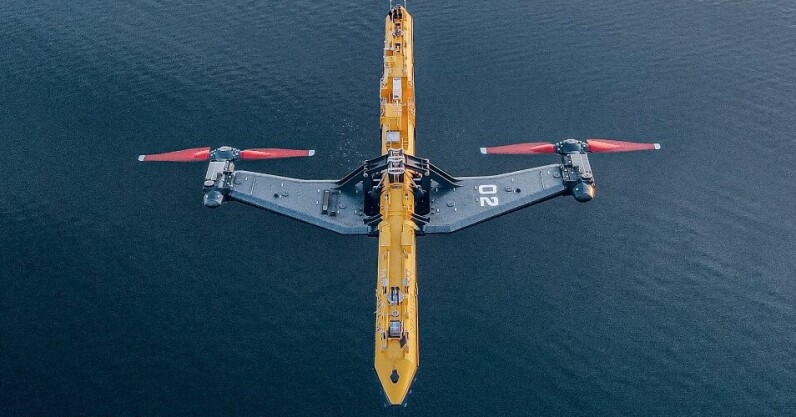Fossil-free though it may be, hydropower comes with its specific set of challenges. It has a high initial cost, and can often be invasive and destructive to local communities and biodiversity. Furthermore, it will, in all likelihood, become increasingly susceptible to droughts. But what if we could harness the power of the oceans themselves?
This is what Scotland-based Orbital Marine Power is aiming to do with its 2MW+ O2. Its developers say it is the world’s most powerful tidal turbine under commercial operation and a result of 15 years of refinement.
Now, Orbital has just won an Option Agreement from Crown Estate Scotland for a new tidal energy project in the Westray Firth. This is an area of water in the Orkney islands where tidal speeds can reach over 3m/s.
Adding more tidal turbines to marine energy centre
The low-carbon energy startup has already deployed one unit of the O2 at the European Marine Energy Centre (EMEC), supplying energy to the UK grid since July, 2021. Following the award of contracts for difference (CfDs) – the UK government’s main mechanism for supporting low-carbon electricity generation – from allocation round 4 last year, it is getting ready to install a further three turbines.
Essentially, tidal turbines work the same way a wind turbine does, only it is streams of water that move them, not air. Orbital’s floating O2 platform is 243 feet long and placed in tidal streams and moored to the seabed via strong anchors that hold it in place. It is connected to the local electricity grid via a subsea cable.
